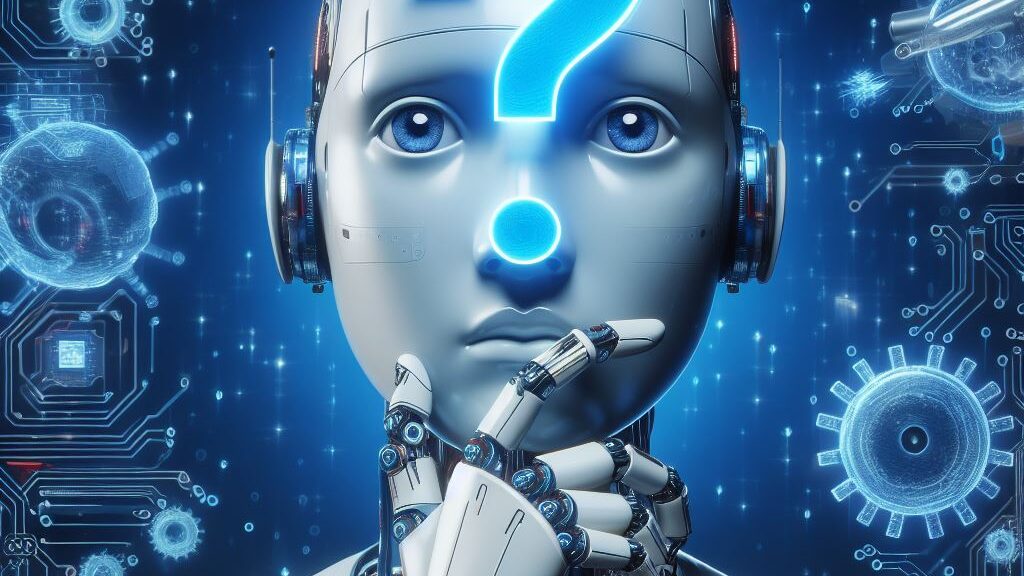In a fast-paced world, where technology is developing at an astonishing rate, it comes as no surprise that we begin to doubt why artificial intelligence (AI) still isn’t integrated with our machines at the operation system level. Along with the development of AI technology, virtual assistance is available with which it is easy to use applications like Siri and Alexa, and self-driven cars are also common in the market. So no wonder, AI in healthcare makes sense. Nevertheless, the reasons for not realizing the AI integration into operating systems are various, and knowing one or several of them means that there is more to it than it looks like.
Table of Contents
1. Compatibility Challenges
Besides the fact that there is a compatibility problem with AI incorporated into operating systems, there are other challenges as well. It doesn’t matter what kind of operating system it is, from Windows to macOS or Linux, they are created for a great variety of computer architectures. Integration for AI should be done sufficiently and smoothly and uniting systems are not being successful. It is a big challenge. It is a tedious and time-consuming job with varying device capabilities from desktops to smartphones, and IoT devices need to be taken into account.
2. Resource Constraints
The last point I would like to put across is inadequate resources. The AI algorithm is computationally demanding and the requirement of high-performing processing power, large memory capacity, and faster transmission speed is very typical for smooth operation. The implementation of AI into the operating systems directly may in return cause resource conflicts, and therefore the performance of the system to be slowed down. This is primarily because the breakthroughs in hardware capabilities do not exist, as well as software AI algorithms are inefficient for now, as a result, this continues to be the main problem of integrating AI into the OS and its optimal performance at the same time.
3. Privacy and Security Concerns
Privacy and security must be taken seriously in the context of AI integration into technology. The introduction of AI into the operation systems stirs fears about data protection and the chance that the private information of the user has been violated. Nevertheless, issues of data collection, storage, and usage are subject to deep ethical scrutiny, in particular in the case of the AI algorithms learning and adapting due to this process. These issues have to be eluded through the creation of holistic privacy policies, data encryption, and user consent which takes another layer of the complexity of the AI integration.
4. User Acceptance and Adoption
User acceptance and adoption is a factor that is all-important in technology success. Nevertheless, while AI is making enormous leaps and bounds towards general intelligence, there is an apprehension of unknowns as well as some misunderstandings within the user community. Placing AI likable in operating systems will be objects of skepticism coming from users who are doubtful or there is a distrusting relationship with AI-powered systems. Persuading users regarding AI integration merits, including time-saving, individualized approach, and productivity growth, comes before anything else if the obstacles are to be ignored and the adoption of AI is to grow.
5. Development and Implementation Costs
Indeed, artificial intelligence is being incorporated into operating systems systems in the end at a significant price. It necessitates massive investment in studies, demonstrations, and highly sophisticated software engineering to ensure smooth flow and efficiency. Furthermore, it requires continuous recalibration and updates to be in line with the rapidly changing rates of AI, as well as the expectations from users. For several enterprises, the issue of expenditure might turn into a stumbling block to AI system implementation globally in the corporate routine. Such projects cost a lot so investments in AI can be judged economically controversial.
6. Complexity of Integration
Changing AI product lines and placing artificial intelligence into systems needs an exceptionally fine building in of the functions. A modern OS is a complex one with multiple components and subsystems appearing on the scene. Such an ecosystem can often be dynamic and exigent. Placing AI precisely at the center of this dense infrastructure which preserves the human nature of this system requires a well-thought-out and executed plan that prioritizes the most basic functions.
7. Regulatory Compliance
Complying with these regulatory requirements, along with others, also increases the complexity of the integration of AI. Run-up-against-regulations are possible with operating systems about data privacy, security, accessibility, and interoperability. Obeying the stipulating regulations while AI integration can be a challenging exploit that may involve rebuilding the systems.
8. Performance Optimization
AI algorithms are reluctantly developed constantly to fit into the limitations of operating systems. AI applications require the systems realizing them to perform instant responses with a reduction of the total resource utilization and latency. Surging to the top level of performance based on the particular needs of that operating system, of course, is reliant on – tuning algorithms, maximizing the potential of hardware accelerators, and – introducing parallel processing methods that help a lot.
9. Interoperability with Existing Software
Software compatibility is a priority area for AI adoption into the operating system with a view to easy system integration. The interoperability assurance requires the supplier to go through a series of exhausting tests and validation to prevent compatibility issues or conflicts with the other third-party software. A wider-scale use of uniform interfaces and APIs for AI integration can simplify the process and create an environment of AI-buffered apps.
10. User Interface Design
Intuitive user interfaces designed for AI-powered features are key factors in the user’s acceptance and adoption of the AI functionality designed to make this world a better place. Operating systems serve as the main interface to users and devices in that regard, and that is why integrating AI in the user experience with utmost care and testing for usability has to be the priority. The human interface design of AI-powered operating systems should be concentrated for each task on the balance between human control and the machine learning component, together with feedback provision.
11. Cultural and Linguistic Considerations
Considering the complexities of AI integration with human operating systems, cultural and linguistic diversity should not be neglected. NLP algorithms used in AI systems might face difficulties like various languages, dialects, and language details that are related to culture. To make the application understand exactly what users are typing and not confusing across different language structures and cultural settings data training and adaptation are needed broadly.
12. Ethical and Bias Mitigation
Ethics against and in the algorithms of AI, as well as confrontation with bias while integrating it into operating systems is vital. AI systems can absorb biases hidden in their training data, which can result in unjust or biased decisions. Computers may be fairer than humans, but only if their programming is. Reinforcing the ethical standards, bias audits, and algorithm transparency procedures are required to ensure societal and ethical considerations in cases of AI systems’ performance.
13. Long-Term Support and Maintenance
Organizations developing AI-enabled operating systems must ensure a long-term and post-installation support and maintenance framework for sustainability. For the operating system to stay up-to-date, it is necessary to apply patches, updates, and security fixes to address the underlying vulnerabilities and hardware/software consistency issues. Offering perpetual support and servicing mechanisms would mitigate the obsolescence of AI elements and thus assure the continuity of the life of AI-empowered operating systems.
14. Integration with Edge Computing
The growth of edge computing gives a chance for embedded devices to create a new class of applications with machine learning functions directly executed at the nodes of edge systems, which may be done without going through a centralized operating system. Node devices including smartphones, edge devices, and edge servers can use local data and algorithms to process the data as well as make decisions in real-time. At the edge, sensors powered by AI offer a higher level of interactiveness, faster data processing, and more data privacy because the need for data transfer to centralized servers is minimized.
15. Collaboration and Standardization Efforts
Collaboration and standardization, among industry agents, are important for the upgrading of AI to work alongside the operating system. Collaborative initiatives, industrial consortiums, and standardization agencies are central to setting up common classifications, protocols, and best practices for strong AI development. Collaboration and building on consensus will speed up R&D and application, ensure interoperability between different IT platforms, and accelerate mass-scale adoption of AI-based operating systems.
Conclusion
It is an idea that can excite any audience to have AI as a built-in system in all operating systems. Yet, many barriers favor its integration and realization in the industry. Connectivity issues, resource limitations, privacy shortcomings, user acceptance, and development costs are the factors that mostly exhibit the impeding to the implementation of AI. While this may become the reality due to the technological development and the research on artificial intelligence that technology has facilitated, the artificial intelligence systems in the future may become the heart of our operating systems and boost our experiences of using them as well as a revolution in the way we interact with technology. The walk towards AI-driven operating systems has just started. It will grow in the future by creating new and up-to-date application software.




























































